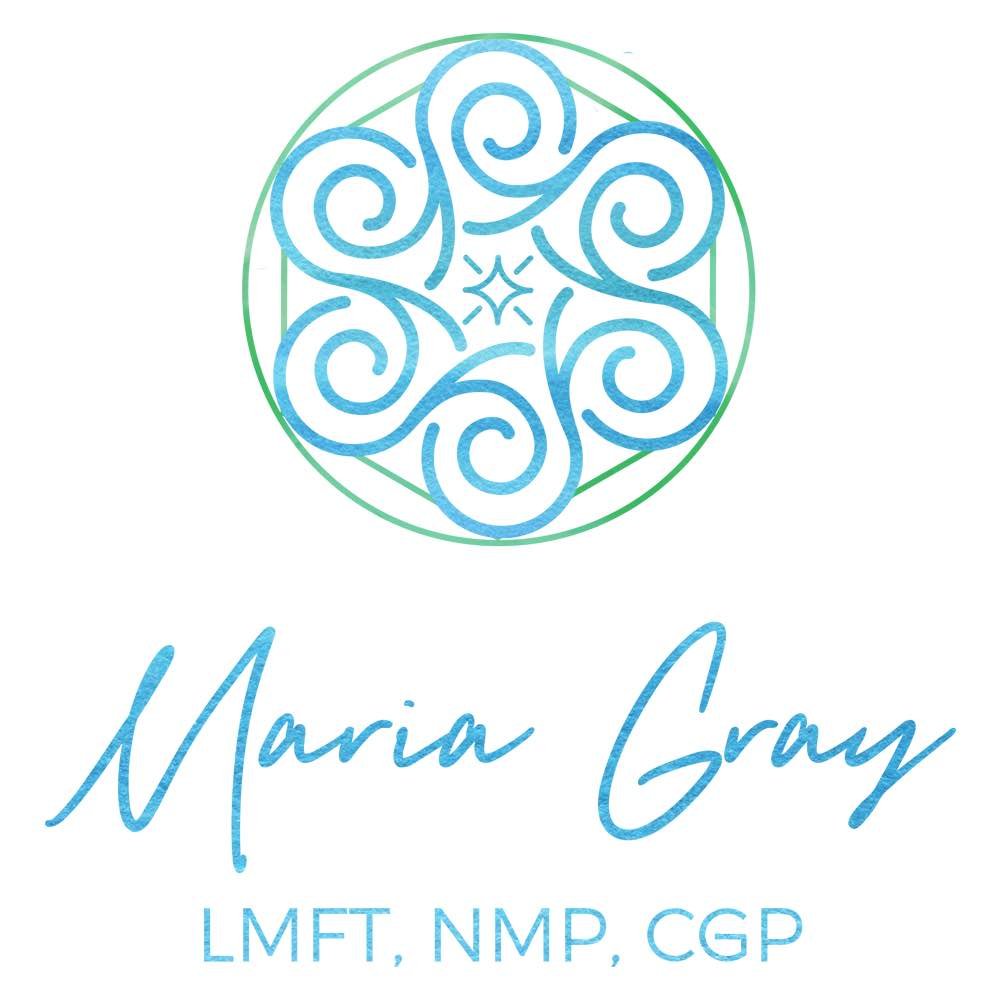DOES EMDR THERAPY WORK ONLINE?
About Maria Gray, LMFT, Certified EMDR Therapist:
I specialize in addictions and trauma, and am certified in EMDR. I enjoy using EMDR to help my clients expand into the lives they truly want for themselves. Many of my clients find that EMDR sessions help them uncover and discard patterns that are no longer serving them.
Is it better to do EMDR in-person or online?
New clients often ask me if I think EMDR and Brainspotting modalities work better in-person as opposed to online. My answer is “It depends.” Some clients feel more comfortable attending therapy sessions from the comfort of their own homes, or their preferred provider might be far away. At the same time, some of my other clients prefer to leave home and have their sessions in my office.
What matters most is that you are in a place that is accessible to you along with being quiet, private, and comfortable. If you feel secure in your environment, and comfortable with your EMDR provider you will be more likely to experience positive results. It’s important to remember that the therapeutic relationship is even more important than the treatment modality.
Does online EMDR actually work?
Not only have the clients who I see virtually noticed improvements in their mental health after remote EMDR sessions, but there’s science to back this up too.
In 2020, with the rise of online therapy due to the pandemic, a study looked at remote EMDR sessions over a 7 month period. These sessions were conducted by trained therapists for clients who were dealing with PTSD, depression, anxiety, OCD, and phobias. The results showed that virtual EMDR sessions were able to measurably reduce their symptoms.
A 2022 research study conducted by Liou, Lane, Huang, et al revealed that both virtual and in-person EMDR sessions led to a significant decrease in general anxiety.
How should I get ready for a virtual EMDR therapy session?
Here are some of the things that will help make any virtual session more effective.
Find a quiet, private, comfortable place to attend the session.
Make sure you have a good internet connection.
Check that your camera is working, stable (i.e. you’re not holding it), and can be positioned so that your therapist can see you clearly.
Give yourself at least ten minutes before the session to transition out of whatever activity you were doing before.
Check in with yourself about what you may be wanting from the time. If you are needing support around a difficult decision, you might prefer having some time to talk it through with your therapist as opposed to processing via EMDR or Brainspotting that day.
Consider your plans for after the session.
Interested in a virtual EMDR session?
I’m licensed in California, New York and Texas, and offer in-person EMDR sessions in Los Angeles and virtual EMDR therapy sessions in California, New York, and Texas.
I’m certified by EMDRIA in EMDR and have completed both the Standard Protocol Training and Laurel Parnell’s Attachment based EMDR training.
References
Liou, H., Lane, C., Huang, C., Mookadam, M., Joseph, M., & Hecker DuVal, J. (2022). Eye Movement Desensitization and Reprocessing in a Primary Care Setting: Assessing Utility and Comparing Efficacy of Virtual Versus In-Person Methods. Telemedicine and E-Health, 28(9)
McGowan IW, Fisher N, Havens J, Proudlock S. An evaluation of eye movement desensitization and reprocessing therapy delivered remotely during the Covid-19 pandemic. BMC Psychiatry. 2021 Nov 11;21(1):560. doi: 10.1186/s12888-021-03571-x. PMID: 34763697; PMCID: PMC8581955.


